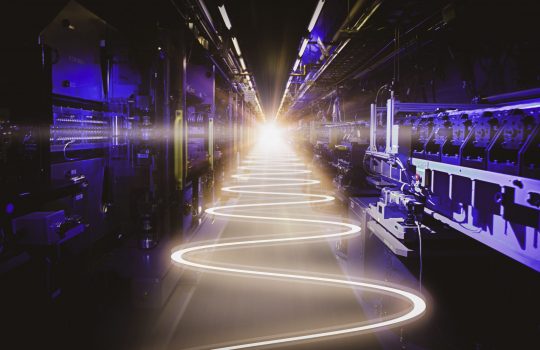A massive detector in China will try to find a supernova before it happens
From Popular Science, September 26, 2023
From Popular Science: A new observatory under construction in China—the Jiangmen Underground Neutrino Observatory, or JUNO—plans to hunt the elusive neutrino with better sensitivity than ever before. Expected to be operational in 2024, this detector will not only be bigger, but also more sensitive to slight variations in neutrinos’ energies than any of its predecessors.

